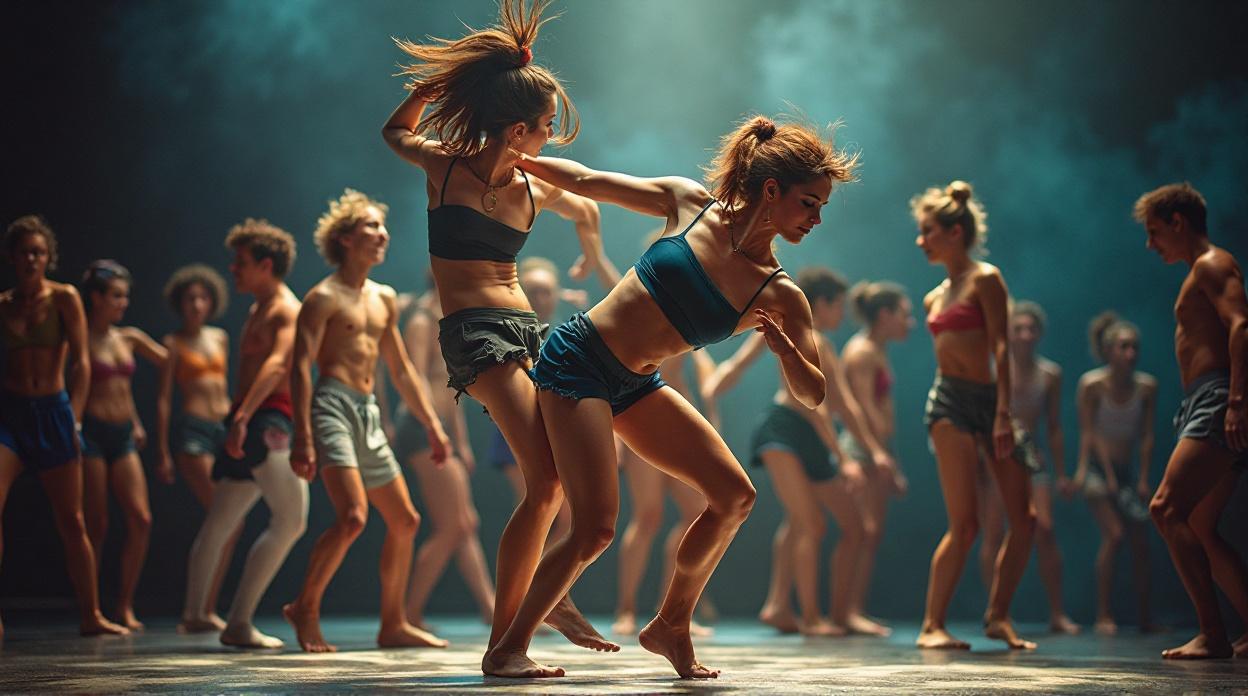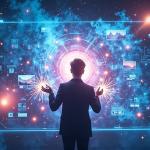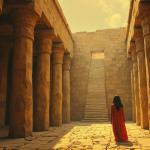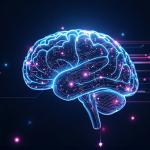How Ancient Spirits Still Teach the Art of Invisible Dance
Ever felt a shiver down your spine from a performance, even if you couldn't quite put your finger on why? What if the most profound dance isn't about what you see, but what you feel?
Let's talk about "Invisible Dance," a captivating concept that waltzes away from traditional notions of performance. It's not just about flashy moves, but the essence of movement, sound, and a deeper, felt experience that transcends the purely visual. It hums with interpretations across artistic, philosophical, and spiritual realms, hinting at a connection to unseen forces, a collaboration with shadows.
Echoes from the Past: When Dance Was a Divine Dialogue
Imagine a time when dance wasn't mere entertainment, but a vital link between the living and the ancestral or spiritual realms. Our ancestors understood movement as a language that spoke directly to the cosmos.
Consider the shamans from various traditions. They wielded rhythmic movement, drumming, and chanting, not for spectacle, but to induce trance states, connecting with spirits for guidance, healing, and wisdom. Think of the San People, their bodies vibrating with ancient knowledge as they traversed the spirit world. Or the Bacchic Mysteries, where ecstatic dance dissolved the boundaries between mortal and divine.
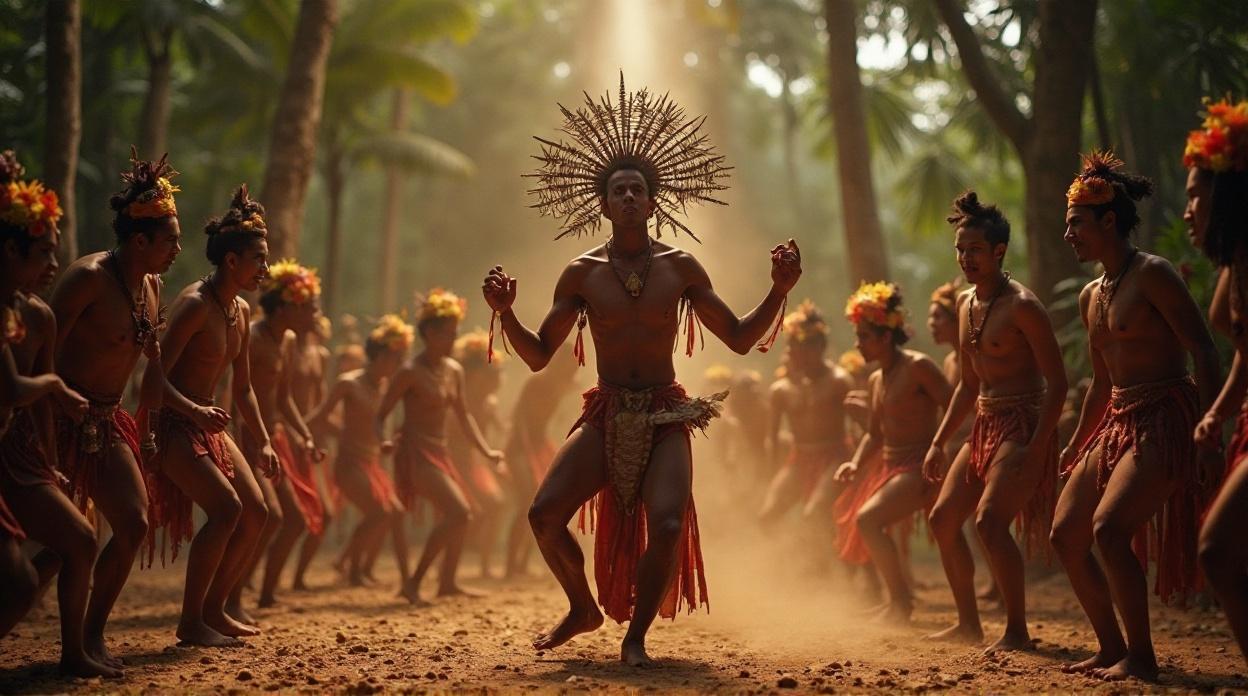
Dance also honored the departed, inviting blessings and strengthening community bonds. African traditions pulsated with rhythms dedicated to ancestors. The Lo Lo People, in their "Dancing with the Grass Ghost," sought connection with those who came before. Japan's Bon Festival, a vibrant tapestry of movement, celebrated the enduring presence of loved ones.
In some instances, dancers became perceived vessels for spirits or deities through ritualistic movement. Indian folk dances like Dakkebali witnessed individuals embodying divine energy. Indonesian Kuda Lumping unfolded as a dramatic display of trance and possession. Haitian Vodou pulsed with the rhythms of the Loa. And the trance dances of Northern Thailand, a conduit to the ethereal.
Even ancient civilizations like Egypt and Mesopotamia understood dance as more than mere entertainment. They employed it to recount creation myths, ensure cosmic harmony, and preserve cultural heritage. The Festival of Opet in Egypt, a grand procession of dance and ritual, served to renew the pharaoh's divine power. The Indigenous Americas, too, utilized dance to connect with the spirit world, as seen in the Native American Ghost Dance and the Green Corn Ceremony, both vital to cultural renewal and spiritual resilience.
The Art of Not Seeing: Invisible Dance in the Modern World
Today, contemporary artists are embracing and redefining "invisible dance," pushing us to engage with senses beyond sight.
Consider Carolyn Lazard's "Long Take," a performance existing solely as a soundscape, or Elisabeth Schilling's "Invisible Dances – Art in & around Lockdown," leaving only chalk traces of nocturnal performances, a ghost of movement.
Artists like Bock & Vincenzi challenge us further, focusing on absence and conceptual understanding, making the "dance" exist more in the audience's mind than on stage.
We can even broaden the concept to the "hidden choreography" of everyday life – the unseen dynamics of emotions, societal conflicts, and human friction made palpable through movement, a dance we all unknowingly participate in.
Mind, Body, and Soul: Philosophical and Spiritual Unveilings
But what is dance, really? Can a choreography exist without a physical manifestation? Perhaps dance is, as Anna Pakes suggests, a "repeatable structure of action," a framework that transcends a single performance. "Invisible dance" whispers of self-acceptance, of living without an audience, of finding meaning in pure self-expression for its own sake, not external validation. It connects us to instinct and intuition, a "voice that speaks without words," leading to a deeper sense of self.

Dance can be a powerful spiritual act, a conduit to the divine, offering cathartic release and personal transformation. The internal "invisible dance" that accompanies outward movements, where memories and emotions are roused and transformed, bringing total presence. Contemporary works, such as "SnakeAwake," Wonderfruit Festival's "Dhyana" program, Marina Abramović's endurance art, Mi Park's ritualistic pieces, and Danielle Swatzie's explorations of inner turmoil, all embody this spiritual dimension. It's a spirituality that moves beyond organized religion, embracing direct, felt experience, intuition, and emotional connection.
Stepping on Toes? Controversies in the Unseen Realm
However, this exploration of the unseen is not without its pitfalls. The contentious issue of cultural appropriation in dance looms large – using traditions without genuine understanding, mutual support, or giving back to the originating communities.
History is rife with missteps. Early Western modern dance, with figures like Isadora Duncan and Denishawn, often drew from "tribal dances" in ways that are viewed as disrespectful by today's standards. Who has the right to perform, teach, and profit from traditional dance forms, especially if they are not from the culture of origin?
The path to responsible engagement requires respect for cultural context, informed consent, fair compensation, avoiding stereotypes, and education. Even within dance education itself, implicit biases can form an "invisible choreography," subtly influencing perceptions, teaching practices, and perpetuating stereotypes.
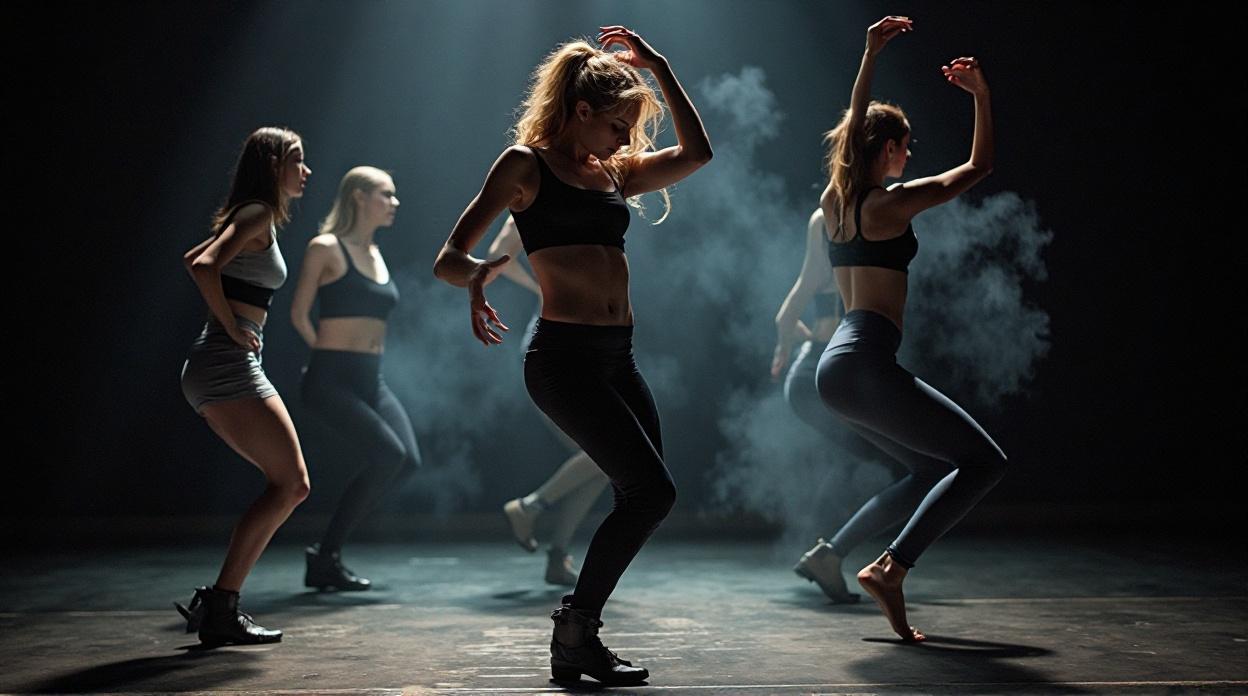
The Dance of Tomorrow: Glimpsing the Future of the Unseen
What lies ahead? Tech is taking the stage, in unseen ways.
Imagine dance extending beyond the physical body into virtual (VR, AR, Metaverse) and holographic environments, creating immersive audience experiences. AI-assisted choreography, generating new routines and providing real-time feedback. Or the intriguing concept of translating previously unseen aspects of human life into dance data.
We see the rise of neo-fusion, blending diverse dance genres (e.g., hip-hop with ballet, contemporary with breakdance) driven by global cultural exchange. Eco-dance, performances incorporating natural elements and highlighting environmental themes like climate change. A growing focus on dance for well-being, promoting relaxation, emotional release, and self-discovery through mindful practices. And contemporary dance increasingly addressing pressing social issues, using movement to provoke discussion on gender, race, and mental health, along with a strong emphasis on creating opportunities for dancers of all abilities, body types, and backgrounds.
Dance, in its ever-evolving forms, will continue to be a powerful medium for expression, connection, and understanding, bridging the seen and the unseen.
Conclusion: The Rhythm Never Ends
"Invisible dance" weaves together ancient spiritual wisdom, cutting-edge artistic innovation, and future technological possibilities. I urge you to look beyond the obvious, to feel the "whispering shadows" in every movement, whether on a grand stage, in a sacred ritual, or in the quiet dance within yourselves. The art of dance isn't just about what you see; it's profoundly about what moves you, seen or unseen. And that rhythm, that feeling, never truly ends.
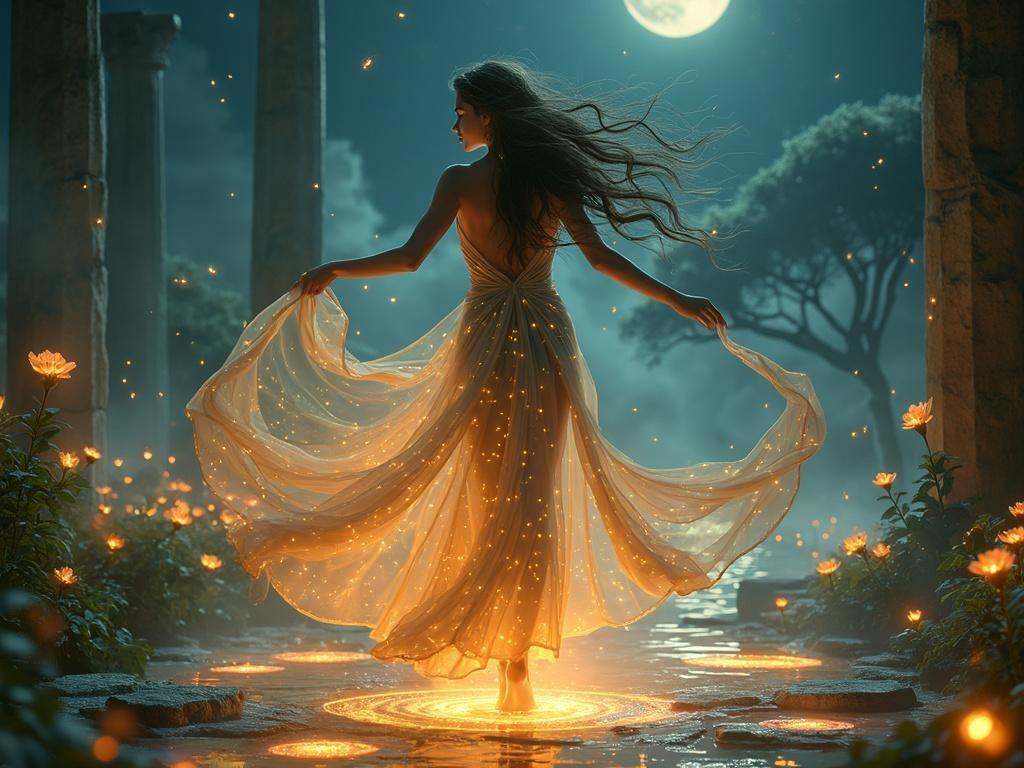
Feel the rhythm within
An exploration of invisible dance and the whispers of ancient shadows
Leave a comment
Your email address will not be published. Required fields are marked *



